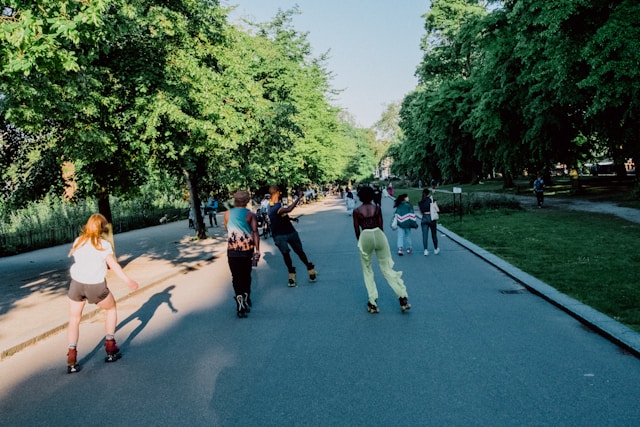A very, very brief History of Roller-skating

So why is skating revolutionary?
Let’s talk a bit about history whilst discussing this ‘roller revolution’, skating has been tied to black culture since the civil rights movements in the US, at the same time as ‘sit ins’ there were ‘skate ins!’ Skate ins have happened since World War II and continued throughout the 50’s and 60’s where black and white skaters would boycott or barricade skating venues, coming up against the police and even the KKK members.
Roller disco was also a way for POC artists to join the creative scene in the 70’s and many performers launched their career right out of the roller skating rink, in a world where they weren’t easily brought in these artists created their own community. Black artists in the US often struggled to book venues, with stereotypes keeping popular artists who had very much entered the mainstream like Salt-N-Pepa from booking places they at least had Roller rinks that wouldn’t turn them down. With such a rich history artists continued to book up until the 90’s like Mary J Bligh and Queen Latifah.
Skating was huge on TikTok during lockdown, so we know there’s in interest amongst Gen Z. We can see the influence of disco on music and fashion and the 20 year cycle pushed, in music made by pop-y hip hop made by Doja cat and alternative indie MGMT, TV like Daisy and Jets and clothes trends like bell bottoms and the ever returning loud 80’s prints.
So skating is fun, it’s fresh and with its political roots it’s also the perfect way to get POC involved and outdoors in something they care about. When we see jarring statistics like this “Among the BAME community, according to Natural England, only 24% of BAME people regularly visit a natural environment. Furthermore, ethnic minorities represent only 1% of visitors to national parks in the UK” we know we need to make a change.
Is there anything more revolutionary than JOY? We don’t think so.